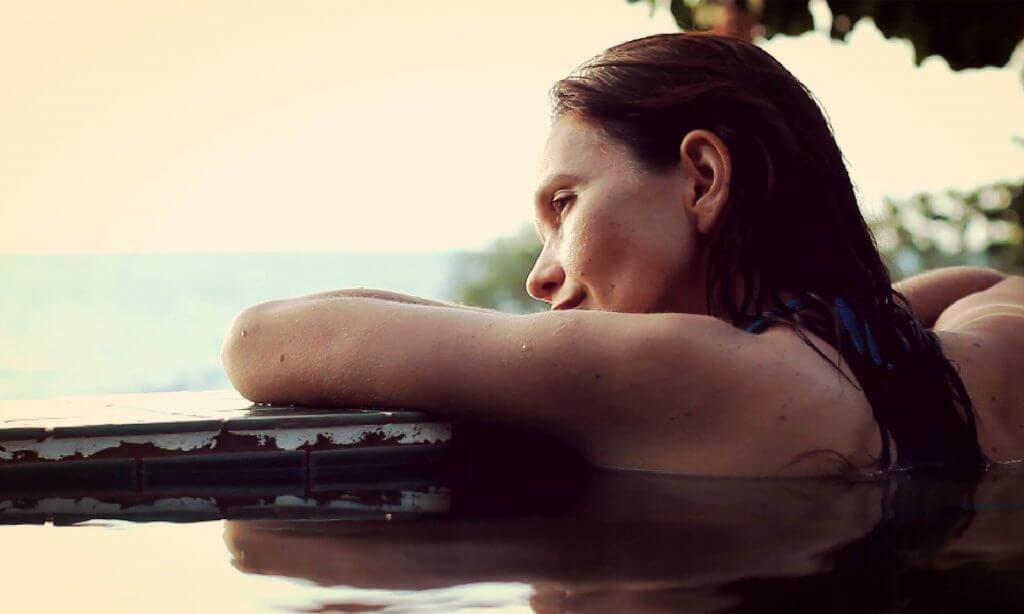1st March 2010
Revision Rhinoplasty
Revision Rhinoplasty
A successful outcome in rhinoplasty surgery depends on patients understanding what they want from cosmetic nasal surgery, both physically for the shape of their nose and psychologically. It comes from the surgeon understanding what the patient wants and understanding what the patients concerns are. It depends on the surgeon understanding the patients nose and it depends on the surgeon explaining to the patient, from this understanding, what is possible and what the risks are. It also of course depends upon the surgeon performing the surgery well and following a carefully considered operation plan. There are unpredictable elements in rhinoplasty and the final outcome also depends upon favourable healing.
If a patient wants revision surgery it is because there has been a failure of one of the steps above or unluckiness in the healing process.
In considering a patient for revision surgery the surgeon and his team must understand where the failing occurred. It is important for the revision surgeon to be aware that a patient may have had a good result from their primary surgery but that their expectations may be unrealistic and they’re looking for a perfect result which is not achievable. In such circumstances further surgery would be unwise. I see a large number of patients for revision rhinoplasty and generally if I had seen them prior to their first operation and would have felt it was not in their best interests to offer them primary surgery then it certainly is not in their best interests for me to offer them further surgery.
If revision surgery is appropriate then it’s my experience that the majority of patients who’ve had surgery elsewhere and are requesting revision surgery have had too much reduction surgery performed initially. This means that the majority of revision operations require grafting and are complex procedures.
It’s extremely important to understand perhaps even more in secondary than primary rhinoplasty that there are limitations on how the tissues can be reconstructed and how the skin will either shrink to a better new shape or stretch to a more balanced new shape.
Wisdom and experience should help the surgeon to guide and advise on what is or isn’t possible for these difficult cases.
Helping patients to understand what can be achieved is perhaps even more important in secondary than primary rhinoplasty to avoid yet further disappointment.
I have constructed the Rowe-Jones Rhinoplasty Journey™ comprising two modules, The Rhinoplasty Discovery Program™ and the Rhinoplasty Vision Achiever™ to help patients understand what we can achieve and what the risks are and to optimise the outcome when patients do decide they would like further surgery.






